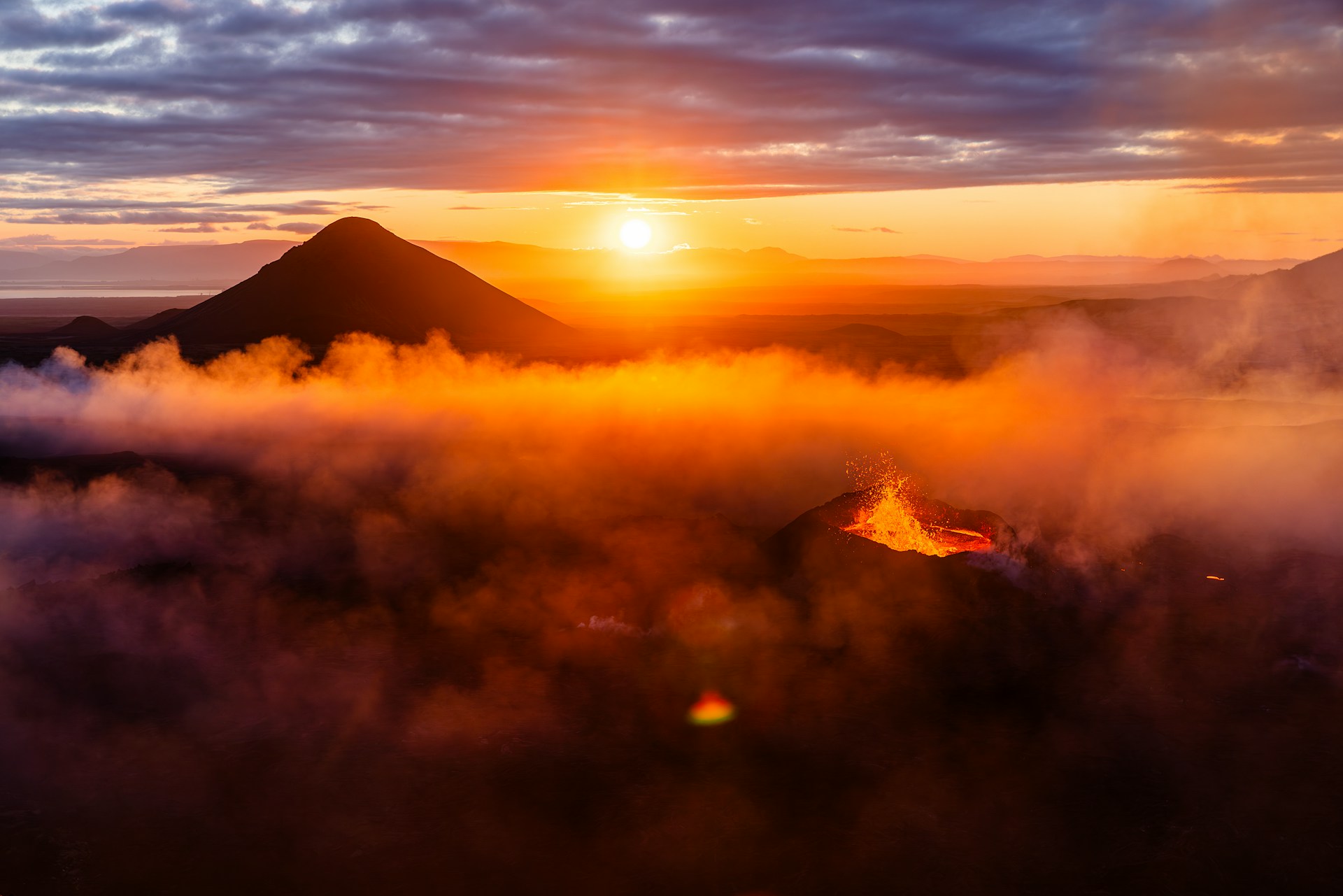Hawai‘i’s Kīlauea volcano is once again captivating the world, as its 32nd eruption since December 2024 continues to mesmerise visitors and challenge local communities. On September 2, 2025, the volcano erupted dramatically, sending lava fountains up to 100 meters high from the Halema‘uma‘u Crater. The spectacle has drawn large crowds, eager to witness the awe-inspiring natural phenomenon that has made Kīlauea one of the most active volcanoes on Earth.
This ongoing volcanic activity, while a major draw for tourists, has placed significant strain on local infrastructure and raised concerns among residents. As the eruptions attract thousands of visitors, traffic congestion and overcrowding have become pressing issues for both the island’s inhabitants and its tourism sector. Local communities have voiced concerns about the environmental impact, prompting discussions on the need for sustainable tourism practices to preserve the island’s natural beauty and resources.
Despite these challenges, Kīlauea’s eruptions continue to be a unique attraction for tourists seeking an unforgettable experience. Hawai‘i Volcanoes National Park, home to Kīlauea’s summit, remains a focal point for visitors hoping to observe one of the world’s most active volcanoes in real-time. However, authorities have issued safety warnings, urging visitors to stay on designated trails and respect all safety guidelines to prevent accidents, as the lava flow poses serious risks.
The eruption serves as a reminder of the delicate balance between tourism and environmental preservation. While volcanic tourism offers an unmatched experience, the ongoing crowds highlight the importance of managing tourism to protect both the local community and the natural environment. The situation calls for more sustainable tourism approaches to ensure that Hawai‘i’s unique natural attractions can be enjoyed without compromising their future viability.
As the eruption continues, it’s clear that Kīlauea’s fiery display will remain a major global attraction, but the surrounding challenges emphasize the need for thoughtful tourism management, ensuring that both visitors and residents can benefit from the experience in a safe and sustainable manner.


